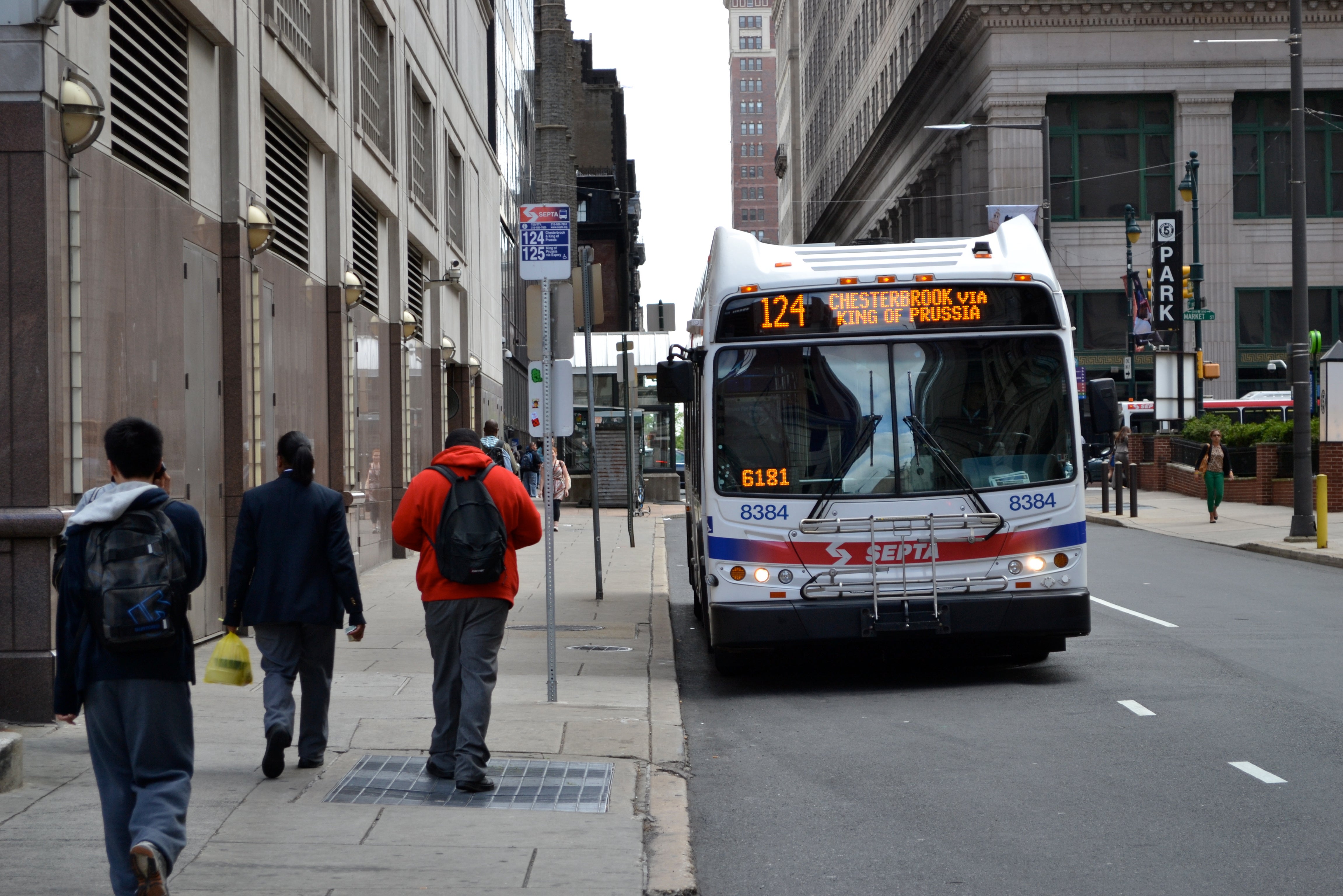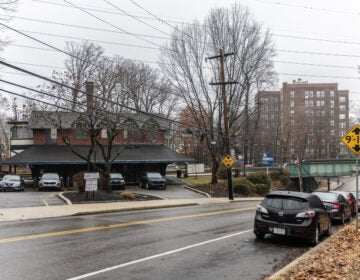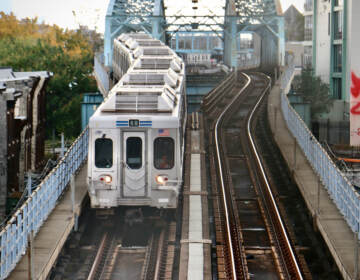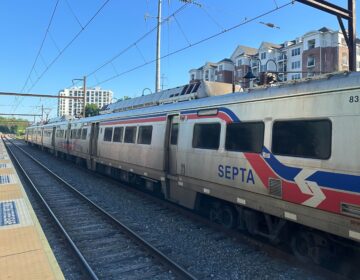Video helped save SEPTA $11 million in injury, damages claims

The 17,659 surveillance cameras SEPTA has in its vehicles and stations have contributed to a significant decrease in the amount of money SEPTA spends on injury and damages claims, and in a climate where every dollar counts, that savings is especially significant.
Between fiscal years 2012 and 2013, the payout SEPTA made on claims dropped by $11 million, and in this fiscal year, SEPTA is looking to save an additional four or five percent, meaning they’ll spend about $2 million less than they paid out last year.
“Not only is the pay out going down, but somewhat more importantly, the number of claims and the number of lawsuits is also going down,” said SEPTA’s Acting General Counsel Gino Benedetti.
Whenever there is any sort of incident on a SEPTA bus or train, whether it be an accident or a run-in with a passenger, the operators fill out an incident report, and the video unit pulls the surveillance footage.
“We’re actually able to see what happened and either convince claimants or their lawyers not to bring the suit at all or use that information successfully in the court process,” Benedetti said.
Through fiscal year 2013, SEPTA had almost 4,200 claims. This fiscal year they have about 2,800 claims. The trend is similar when it comes to lawsuits. Through fiscal year 2013, SEPTA had about 1,800. This fiscal year they are looking at about 1,600 lawsuits.
“I think it’s certainly changed the mindset of the lawyers who routinely sue us,” Benedetti said. “Frankly some of the better lawyers will call us first before they file a claim and ask to see the video.”
SEPTA is happy to share that footage with both lawyers and the district attorney’s office.
“With the video cameras we are referring a number of cases over to the DA because we’re finding that these claimants are just out right fraudulent,” Benedetti said.
Now when people make claims that they were on a certain bus at a certain time and there was an accident, SEPTA is able to trace each claim and find out if in fact that bus was even on that route. Often times SEPTA finds there was no incident or accident.
SEPTA has already sent 80 videos to the DA this year, and Benedetti expects that number to grow in the coming years.
Francis Jones, assistant general manager of public and government affairs, praised the DA for their partnership with SEPTA and the help they have provided.
“It builds upon what we have commented regularly to our elected officials that we’re good stewards of the taxpayers’ dollars, and this is just another tool in the toolbox,” Jones said.
While video surveillance plays an important part in reducing the number of claims and lawsuits, it is not the only factor.
The second major factor is a change to Pennsylvania’s liability law. Prior to June 23, 2011, if SEPTA was in an accident with another vehicle and SEPTA was one percent liable, SEPTA had to pay all of the damages. Now, under a new Fair Share Act, SEPTA has to be 60 percent liable to be required to pay 100 percent of the damages.
The third factor is better management – something that, if you talk to SEPTA employees, seems to be part of a larger trend reaching back a few years. In this case it means better management of the claims and legal process.
“I think with more cameras and the word getting out and better management and the benefit of the Fair Share Act, I think the claims will continue to go down,” Benedetti said.
Today about three-quarters of the SEPTA bus fleet is equipped with cameras. By the end of next year, all buses should have cameras, and SEPTA is looking into getting surveillance cameras on CCT buses. Most of SEPTA’s regional rail fleet, some stations and the SEPTA subway and trolley routes are already under video surveillance.
WHYY is your source for fact-based, in-depth journalism and information. As a nonprofit organization, we rely on financial support from readers like you. Please give today.






